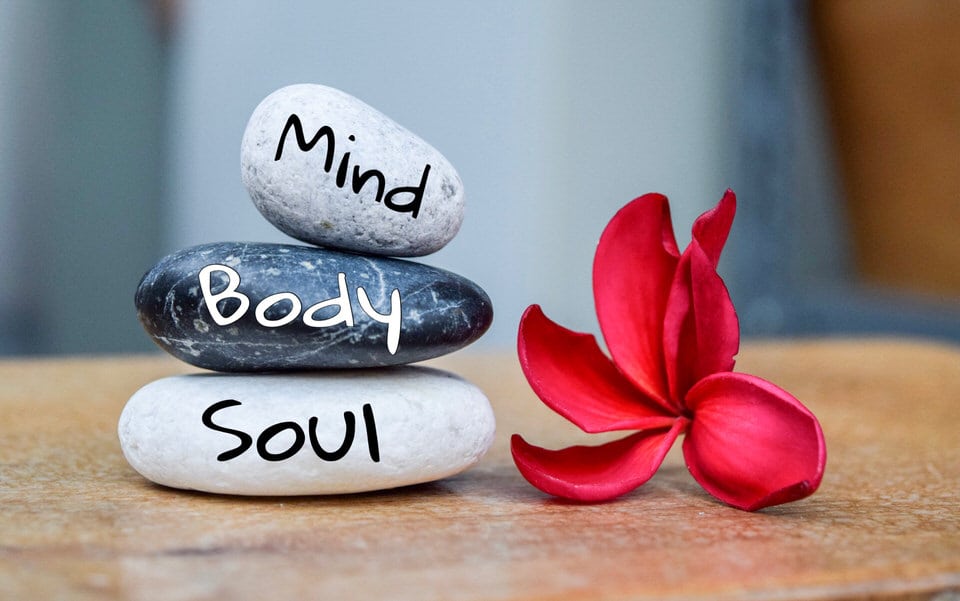In 1666, Sir Isaac Newton discovered that when a beam of White light passes through a Prism, it scatters into a Spectrum of seven colors, which cannot be further sub-divided. This Spectrum gave us colors, which are a riot among artists.
Every color has its own effect and universal meaning on the minds of different individuals. This exploratory aspect of colors vis-à-vis our emotional state is called Color Psychology. In the Color Spectrum, the colors in the Red Zone are called Warm Colors, for example, Yellow, Red, and Orange. The Warm Colors reflect emotions such as, the feelings of comfort warmth, & affection, to the feelings of hostility and anger. The colors in the Blue Zone of the Spectrum are on the other hand, described as Cool Colors. This side of spectrum includes colors such as, Blue, Green, and Purple. They evoke the feelings of calmness and even indifference & sadness.
Cultures also affect human psychology, which in turn devise their own connotation vis-à-vis colors. Different colors have different meanings in different cultures. Over the years however, with changing values and beliefs, the meaning of colors changed. The researchers developed some standard meanings of colors, and the following seem to be the most accurate:
o Red. It is the most intense color that stimulates breathing, and increases heartbeat. This color always attracts attention and is therefore, mostly used in decorations. Red however may not represent confrontations and negotiations.
o Green. The human eye can distinguish Green color very easily. Green symbolizes nature. It helps in relaxing & refreshing the mind, and the body. This in turn improves eyesight and calms down the mind. For instance, hospitals use Green color often, as it as it relaxes patients. Offices have greenery as an integral part of their interiors to keep the employees charged up. Artists generally relax in ‘Green Rooms’ before their performance.
o Blue. Blue is one of the most popular colors. It is peaceful and produces calming chemicals in the human body. It symbolizes loyalty, so it is recommended to wear a Blue dress for any interview. People in Blue Rooms are more productive. For instance, it has been proven that weightlifters can handle more weights than the usual in gyms with Blue walls. Higher or deeper tones of it however, may also be depressing and cold. Blue reflects truthfulness, unity, and harmony.
o Yellow. This color grabs attention easily. It speeds up Metabolism. Yellow improves concentration, but can be overpowering if it is overused. In the Middle Ages however, it was believed that Yellow reflects the devil. It was the color of mourning in Egypt.
o Brown. This is the color of Earth. It reflects reliability and genuineness. It is abundant in nature and can be wistful and sad.
o Purple. Purple signifies wealth, luxury, royalty, and romance. It was the favorite color of the Queen Cleopatra of Egypt. Purple is however, considered to be the color of mourning in Thailand.
o White. White is a simmer color and reflects purity, peace, freedom, and innocence. It symbolizes sterility and is therefore, used in hospitals. In India, White symbolizes death and mourning.
o Black. This is the color of power and authority and is the most common color. It symbolizes submission and is used by priests. Black can also however be overpowering and implies evil.
Color Psychology has such strong presence that colors are used for alluded treatment as well, a field called Chromotherapy. Chromotherapy, referred to as Colorology or Light Therapy, was practiced by various ancient cultures especially, Chinese, Egyptians, and Indians. The civilizations of these countries used this Therapy through various colors to heal the body. Some key colors used in this treatment are:
o Red. Increases Blood Circulation, thereby stimulating Mind and Body.
o Yellow. Used as Blood Purifier and stimulates Nerves.
o Orange. It helps increase energy and heals Lungs.
o Blue. Reduces pain and soothes illness.
o Indigo. It helps treat Skin problems.
As mentioned above, Color Psychology often varies with place, time, culture, and mentality. For instance, White, in India is considered as a color of mourning and death, while Red symbolizes fertility. In China however, Red color is used for luck and prosperity. Whatever be the case, studies suggest that the colors mostly have a positive effect on Psychology, rather than negative.
Controversies however always surrounded Arts and they continue to do so here too. According to many Psychologists, Chromotherapy was exaggerated. They believed that there is no solid scientific proof of the effects of different colors on human Psychology. Many more Theorists gave their thoughts on the subject, but mostly contradicted each other. It is however, overall seen that a particular color may have different effects on the people of different age groups, even if they are of same culture. All said and done, the field of Color Psychology is still immature and there is a lot left to explore in it.










Leave a Reply